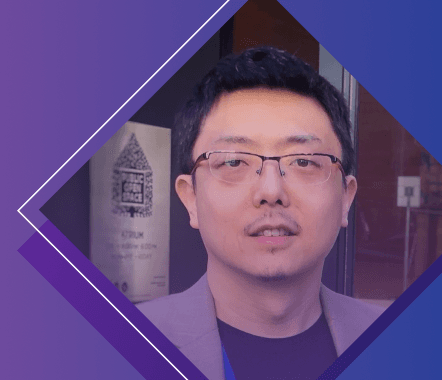In episode 54 of The Secure Developer, Guy Podjarny talks to Erkang Zheng of LifeOmic, a cybersecurity specialist who recently developed the JupiterOne product. Erkang speaks to us about progressing out of outdated systems and the importance of getting out of a comfort zone that is not serving the company in the long run.
For this special, DevSecCon Seattle, edition of the show, our guest is Erkang Zheng from LifeOmic. Erkang is an experienced cybersecurity specialist and recently developed JupiterOne, a security product that is changing how organizations manage their cloud-based infrastructure. We get to hear from Erkang about the unique way that security is run at LifeOmic where he is the current CISO. LifeOmic is a software company that builds cloud-based data platforms for its customers. In our conversation, we cover the small security team size at the company, the reasons for this and the systems they have in place that hold all employees accountable. LifeOmic allows for plenty of freedom for their developers and chooses to rather focus on other ways to sure-up their gateways from issues. Erkang comments on the best ways to progress out of outdated systems and the importance of getting out of a comfort zone that is not serving the company in the long run.
